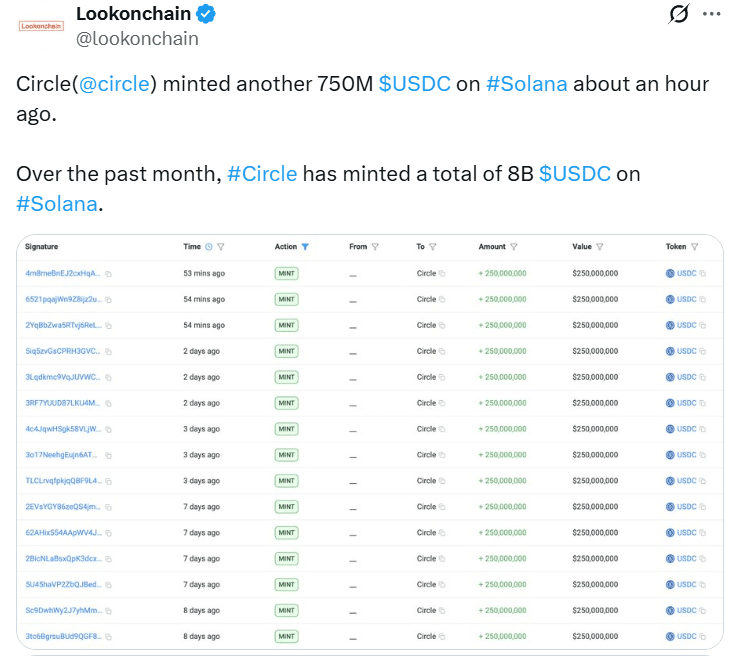Standard Chartered said tokenized RWAs may reach $2 trillion by 2028. It linked the growth to the wider use of blockchain rails, stablecoins, and DeFi for payments and investments. It said more assets from traditional finance can move to tokenization when the rails have enough liquidity.

The bank compared tokenized RWAs to the stablecoin market. Stablecoins already have a $300 billion market capitalization as of Oct. 3. Standard Chartered said this stablecoin base now supports DeFi and creates conditions for tokenized real world assets to scale. It said DeFi can work as a parallel financial system that uses transparent rules instead of centralized control.
DeFi structure and “trustless” model
Standard Chartered described DeFi as a “trustless” structure. It said smart contracts and on-chain settlement can challenge traditional systems that rely on intermediaries. Standard Chartered did not describe tokenization as a niche product. It treated tokenized RWAs as a segment that can sit on top of existing DeFi liquidity.
The bank’s global head of digital assets research, Geoff Kendrick, said:
“We expect exponential growth in RWAs in the coming years.”
The quote tied tokenized RWAs to stablecoin growth and to DeFi banking. It showed the bank sees the three parts moving together.
Stablecoins and DeFi’s self-sustaining cycle
Standard Chartered said the stablecoin market is now large enough to create a self-sustaining DeFi cycle. Total stablecoin supply rose 46.8% year-to-date and reached the record $300 billion level. Kendrick wrote: “In DeFi, liquidity begets new products, and new products beget new liquidity.” The bank used that logic to explain why tokenization can expand.
According to the report, stablecoin liquidity makes settlements faster, lending more predictable and tokenized assets easier to use as collateral. It said tokenized RWAs can benefit from that because they need liquid pairs and on-chain money markets. It also said the growth is not driven by speculative tokens but by assets that already exist in TradFi.
Breakdown of the $2 trillion tokenization market
The report did not keep the $2 trillion number general. Standard Chartered split the tokenized RWAs projection into four parts. It forecast $750 billion for tokenized money-market funds. It forecast another $750 billion for tokenized U.S. stocks. Then it allocated $250 billion to tokenized U.S. funds. The final $250 billion was for less liquid assets, including private equity, commodities, corporate debt and tokenized real estate.

This structure shows the bank expects tokenization to start from assets that already have clear valuation and strong demand. It placed less liquid tokenized RWAs at the end of the list. That kept tokenization tied to instruments that can move on-chain with lower frictions.
Current RWA base vs. 2028 target
Today, tokenized RWAs are still small. Data from RWA.xyz shows about $35 billion in tokenized real world assets. Standard Chartered said reaching $2 trillion means growing more than 57 times from the current level. It connected that jump to the combination of DeFi liquidity, stablecoin supply and institutional use of tokenization.
The bank said the tokenized RWA market can grow when payments, funds and securities use the same rails. It also said the tokenization pathway is helped by existing custody, on-chain settlement and regulated stablecoins.
Standard Chartered compared DeFi and TradFi in the report. It said DeFi uses open, programmable rules. It said TradFi uses centralized entities to control access. The bank said tokenization allows TradFi instruments to move to DeFi-style rails without changing the instruments themselves. It framed tokenized RWAs as traditional assets on a different settlement layer.
The report also referenced earlier Standard Chartered analysis that tracked large market dislocations and their effect on digital assets. It kept the style consistent: on-chain liquidity plus macro conditions can open room for larger crypto-linked products.
Regulation as the main risk for tokenized RWAs
Standard Chartered said regulatory uncertainty is still the biggest risk for tokenized RWAs. It said progress could slow if the Trump administration does not deliver comprehensive crypto legislation before the 2026 midterm elections. It warned that the non-stablecoin part of tokenization, such as tokenized U.S. stocks or tokenized funds, needs clearer rules.
The bank said the tokenized RWAs forecast assumes policy alignment. It said any delay in U.S. regulation can affect issuance volume, listings and investor access. It also said regulation matters for DeFi banking that will host tokenized assets on-chain.
